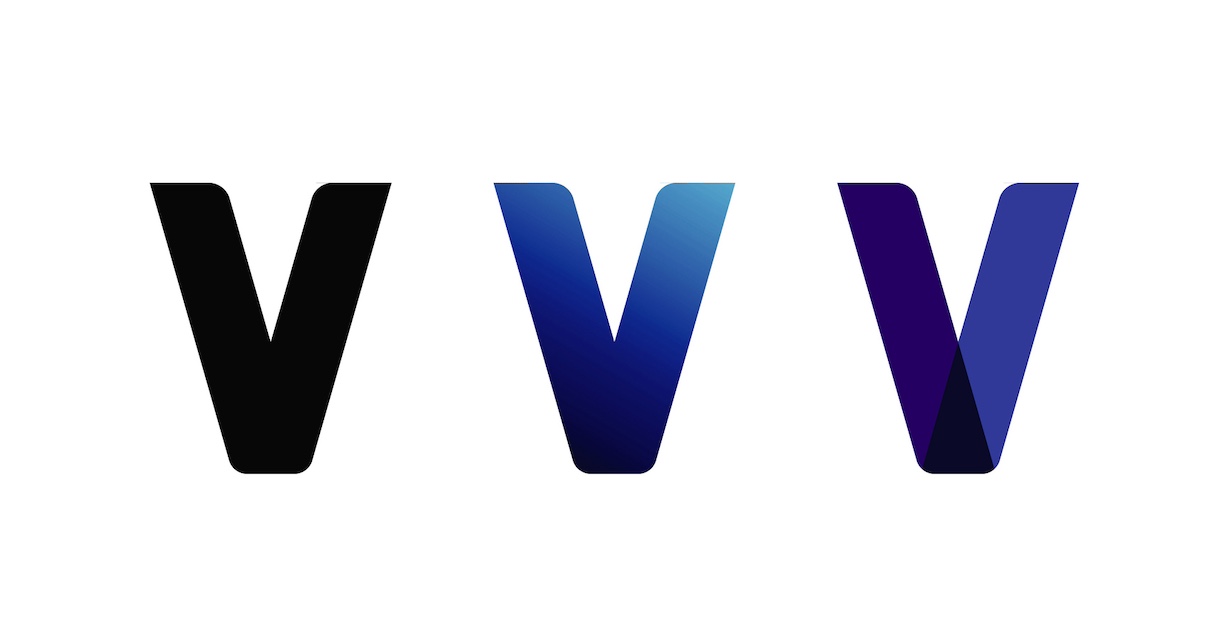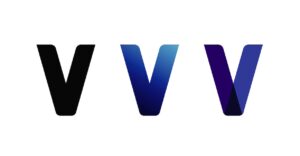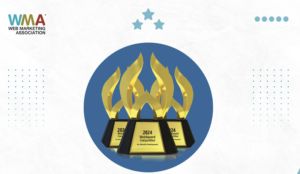In the fast-paced world of medical device marketing, it’s not enough to simply keep up with the competition. Success requires foresight, strategy, and momentum. That’s why we’ve developed our 3V process which stands for Vision, Vector, and Velocity as a foundational framework in our strategy workshops. This process is designed to give our clients the clarity and direction they need to build sustainable brands and achieve their business goals in a constantly evolving marketplace.
Vision: Seeing Beyond Today’s Challenges
The first step in our 3V process is Vision. It’s easy to create a unique selling proposition based on current market conditions, but real, long-term success comes from anticipating the future. In this phase, we work with our clients to identify the key issues, trends, and opportunities that will impact their business over the next 2-3 years. We then assess the business uncertainties and narrow them down to the two that will have the greatest impact on a product launch or a portfolio’s future.
From there, we map these uncertainties on a two-by-two matrix, creating four distinct scenarios. The goal is to understand the range of possibilities, but more importantly, to pinpoint the most likely scenario and write a brand vision for that future. This is where we want our clients to thrive—not in today’s market, but in the one that’s coming. It’s this future focus that sets brands apart and gives them the edge to stay ahead of the competition.
Vector: Charting the Path Forward
Having a Vision is powerful, but a destination without a map is just a dream. That’s where the second V—Vector—comes into play. This phase is all about determining the direction. Once we know where we want to go, we need to decide how we’re going to get there.
My daughter’s coach once said, “There a number of ways to get to goal.” This resonates with how we approach Vector. There are many ways to reach our vision, but we need to choose who gets the ball first and what play they run. For instance, are we going to shore up clinical data to build scientific credibility, or do we focus on brand awareness to create momentum in the market? Both are critical, but the key is deciding what to tackle first to set us up for success.
Velocity: The Speed of Success
The final piece of the 3V process is Velocity—how fast we need to move to reach our Vision. Speed is crucial, but it must be balanced with the resources at hand. Velocity is where we determine the run rate for achieving our goals. This involves setting timelines, allocating budgets, and establishing the level of urgency required.
Medical device teams can’t sprint without the right resources, but too often, teams are expected to move fast with limited support. One of the most powerful tools we’ve found is using the 3V strategy slide to communicate this to senior leadership. When teams can clearly present their Vision, Vector, and the required Velocity, it paints a clear picture of what’s needed to succeed—and it helps leadership understand why certain resources and timelines are non-negotiable.
Bringing It All Together
The 3V process has become an integral part of how we guide our clients to success. By focusing on Vision, we help them look beyond today and define their future. Through Vector, we chart a strategic path that aligns with their goals. And with Velocity, we ensure that the pace and resources are in place to make it all happen. In a world where the competition is constantly nipping at your heels, this is the blueprint for sustained success.
Want to know more about our 3V process and see if it’s right for your medical device product launch?
Frequently asked questions:
How do I know if the 3V process is right for my launch?- The 3V process is designed for any medical device company that wants to create a future-focused strategy. It’s particularly effective in competitive, fast-paced markets where long-term positioning is key.
- Focus on both market trends (e.g., technological advances, regulatory shifts) and voice of customer insights. Interviews with physicians, patients, and hospital administrators are crucial to understanding what drives product adoption and satisfaction.
- Look for the actions that will have the greatest immediate impact and align most closely with your Vision. Prioritize based on resource availability, potential for growth, and timing in the market.
- One common mistake is moving too fast without adequate planning, which can lead to missteps and wasted resources. Another is failing to secure leadership buy-in early, which can cause delays when resource allocation or approvals are needed.





